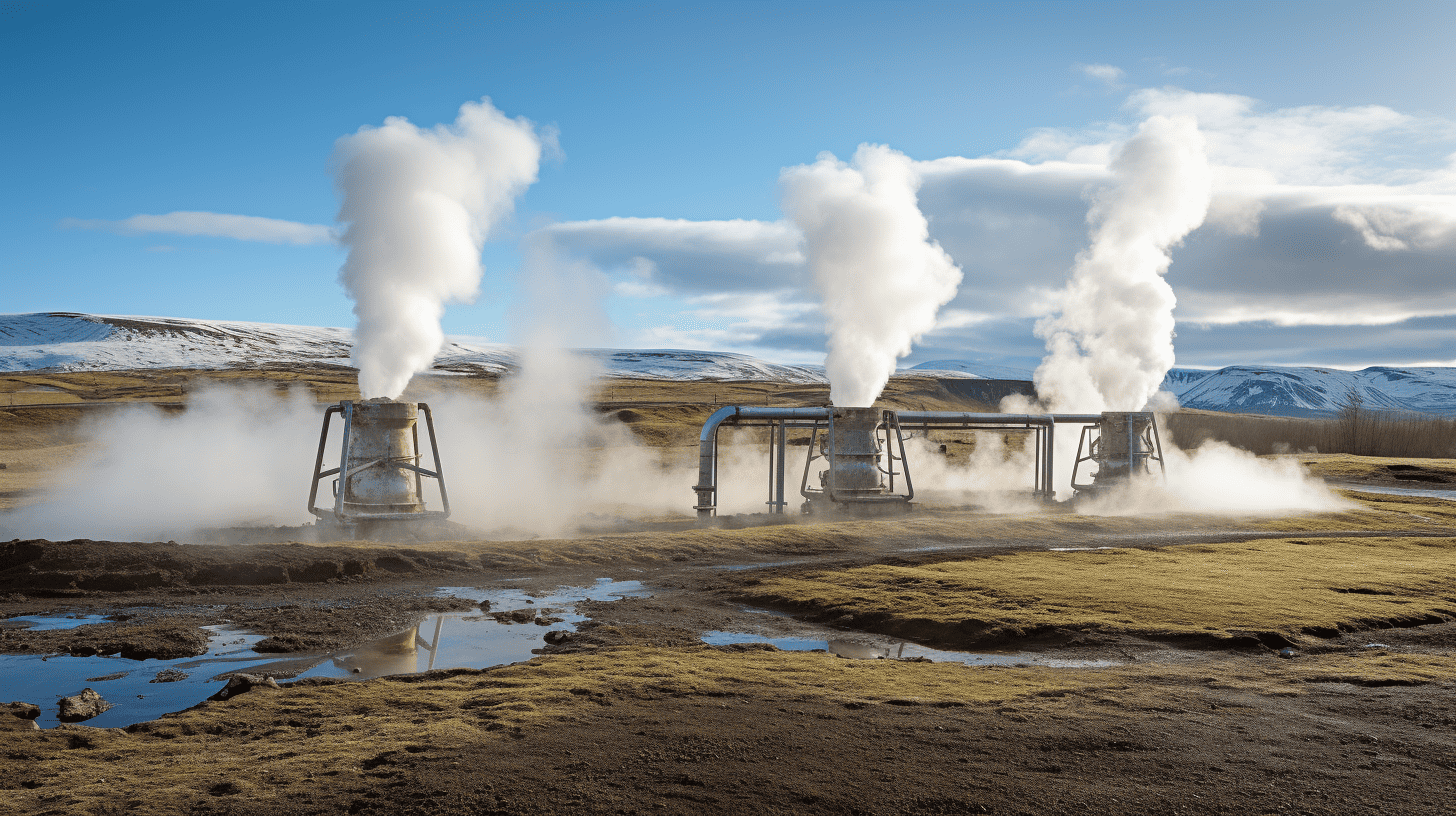
In the summer, people in Germany generally have only one choice if they don’t want their homes to heat up too much: close all curtains so that the sun doesn’t shine into the room and keep the temperature down that way. However, with record temperatures as they currently are, this is only of limited help, and while air conditioning systems are commonplace in the USA, they are still the exception in Germany and the rest of Europe.
In times of climate change and global warming, however, it is foreseeable that summers will continue to get hotter and hotter and that air conditioning systems would not be a bad idea – not only in shops and office buildings. Bit ACs have two major disadvantages: Firstly, they consume a lot of electricity and are therefore very expensive. Secondly, they usually operate with climate-damaging coolants.
Heat to sound wave to cold
The Dutch start-up SoundEnergy has now succeeded in inventing an air conditioning system that requires neither electricity nor a coolant. Instead of the usual coolants, THEAC-25 works with argon, a gas that is easily available because it accounts for about 0.94% of our atmosphere. Moreover, argon is climate-neutral as it has no global warming potential.

The THEAC-25 converts heat into cold using thermal acoustic technology. To put it simply, feeding heat into one side of the THEAC-25 results into 25 kW of cold output on the other side, which enables the production of cold air or cold water. The cold output of the THEAC-25 can reach temperatures as low as -25°C.
The magic word is thermodynamics, explains SoundEnergy CEO and co-founder Herbert Berkhout. “The principle is based on the following fact: When gas is heated in a closed system, the gas particles and therefore the gas expand. But that doesn’t mean you have a sound wave. They are generated by the gas as it moves. What we do is heat the gas on one side to 260°C, while the room temperature is 20 degrees. The temperature difference of 140 degrees, the so-called temperature gradient, then produces sound waves.”
These sound waves are caused by the gas particles expanding as they heat up. “They tremble and wobble, moving to the left, cold side, which causes them to shrink again,” explains Berkhout. The technology is basically that of a Stirling engine. The whole process does not require an external power source or chemicals.
Like the cooling system in a car
“In heat, there is energy, just as there is energy in electricity there is also energy in a waterfall that comes from the mountain,” the scientist emphasizes. The whole system is comparable to the radiator of a car, which brings cooling to the engine with the air that flows into it while the car moves forward. “The engine heats up while driving. The air, which is perhaps 130 degrees hot, is then cooled down again by the cold air from the radiator.” Since the THEAC-25 doesn’t move and therefore doesn’t get any “airflow”, the air has to be cooled in another way and this is done by the sound wave.
Since the system also works without mechanical moving parts, it is maintenance-free and quiet. According to the inventors, it has a lifespan of up to 30 years and it only requires one annual inspection.

High acquisition costs – low operating costs
Since the THEAC-25 does not require an external power source, coolant or regular maintenance, the operating costs are of course much lower than those of conventional air conditioning systems. In addition, thanks to an integrated system, it can be used for both cooling and heating. And the customer has two options when it comes to where to get the heat for the system from.
“For example, THEAC-25 uses the waste heat from existing systems, but it can also use the heat generated by VTC panels,” says Berkhout. Depending on the geographical location, the VTC-panels could also be used to feed the heating system in autumn and winter. In many cases, an additional storage buffer could even provide enough energy to get the building completely off the gas grid and achieve 100% CO2-free air conditioning.
However, the big drawback of this new air conditioning system is the current rather high purchase price of €45,000 to €50,000. This makes it primarily profitable for operators of hotels, office buildings, schools, cruise ships, and commercial users in general who want to improve their CO2 balance. For use in private homes, the current system is both too large and too powerful, says Berkhout. “We can supply 25 kilowatts of cooling and nobody needs that in their home. That’s way too much.” That is why the people in Enschede are currently working on a 10-kilowatt system. Another 5-kilowatt system is planned for the future. “This will then also be affordable enough to compete with conventional systems.”







